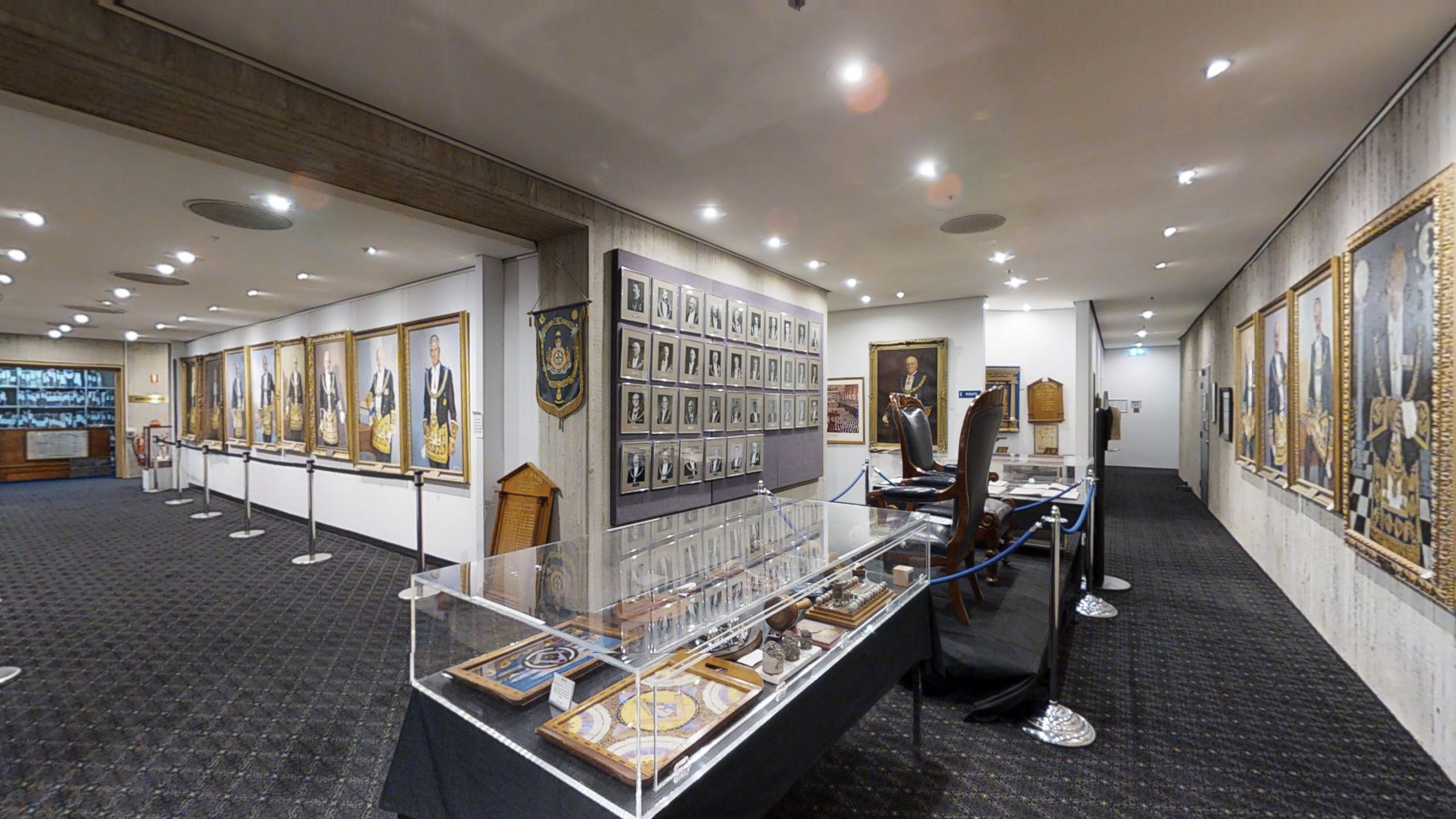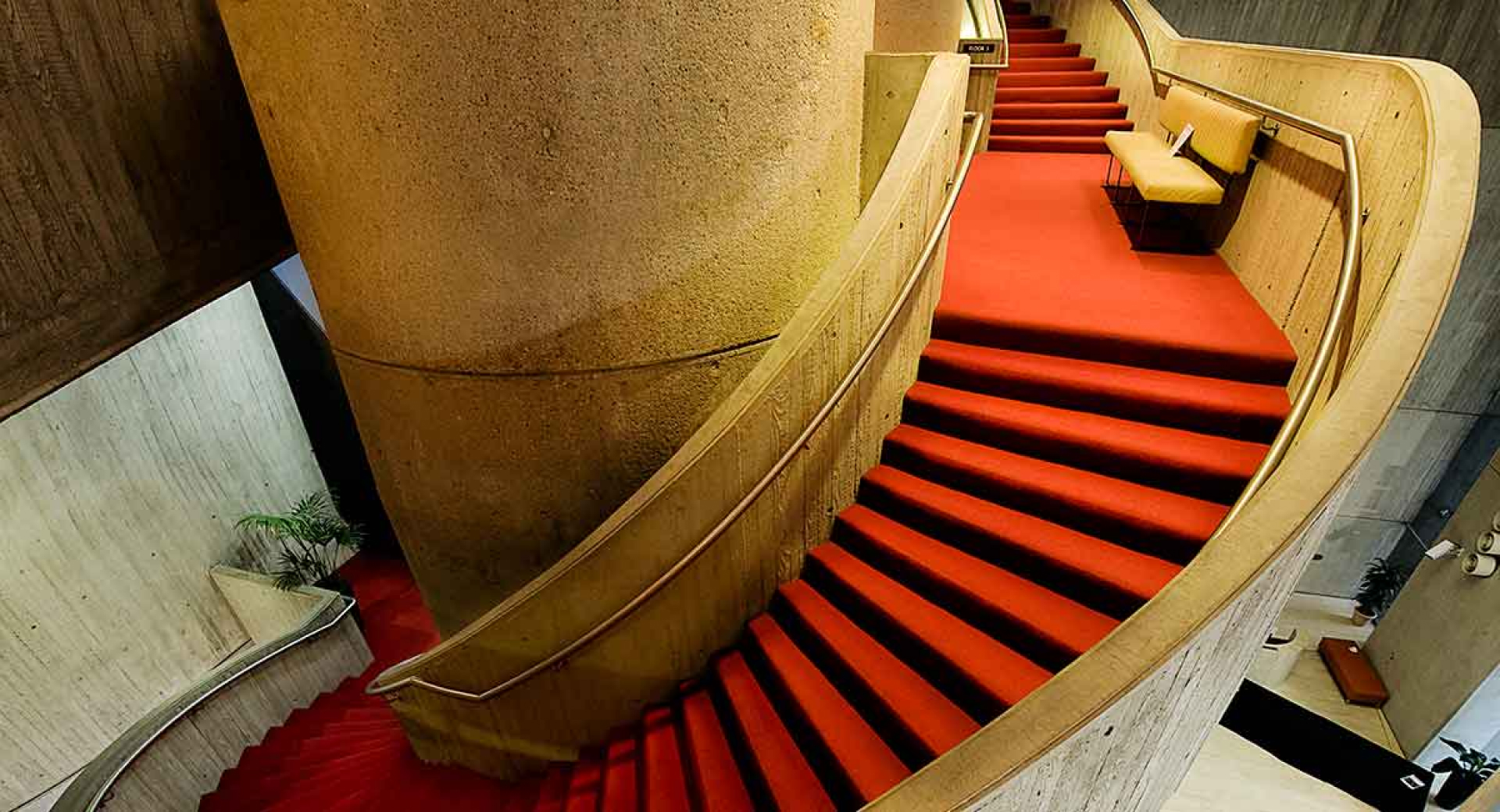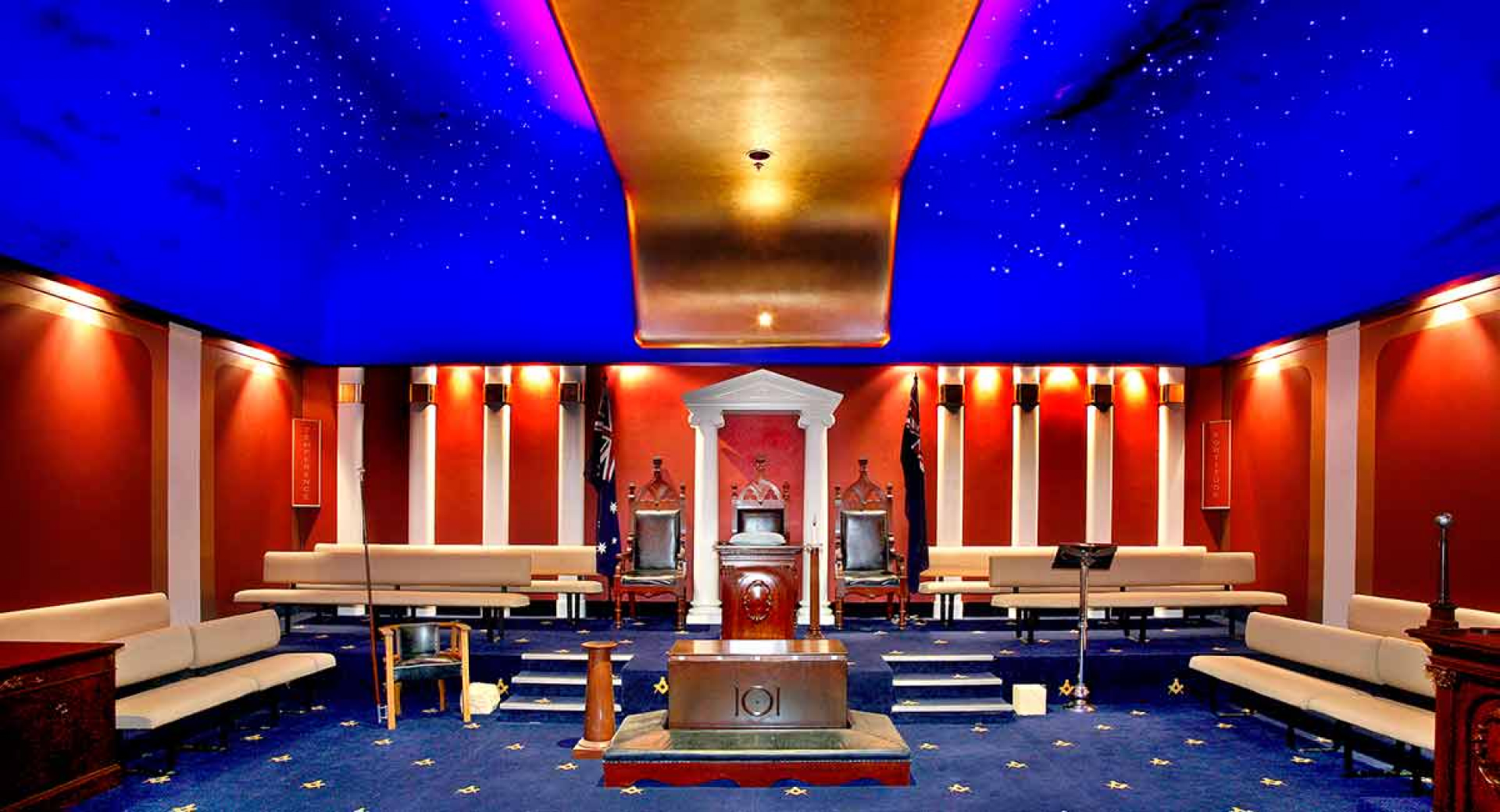The Museum of Freemasonry
Peek into the mysteries of Freemasonry and discover an ancient yet timeless system of morality and symbols.
Located in downtown Sydney, Australia, the Museum of Freemasonry hosts a collection of artifacts, clothing, jewelery, glass, ceramics, paintings, books, records and other memorabilia relating to Freemasonry spanning centuries. Visit the archives, museum, gallery, and library of the Freemasons of Australia.
Visit the Museum
Visit the Museum
The Museum is open for general entry, Monday to Friday only, from 8:30 am to 4:30 pm. General entry is free.
The Museum of Freemasonry contains an extensive collection of objects with Masonic decoration including pottery and porcelain, glassware, silver, furniture and clocks, jewels and regalia. Items belonging to famous Freemasons are also on display.
Self conducted tours on your phone using the embedded QR codes at the exhibits or download the guided audio tour. Staff are available to answer questions.
Guided tours are also available (see below).
Get Directions
Guided Tours
Guided tours are availible on Tuesday, Wednesday, and Thursday at 11:00 am through bookings only and for at least 2 people only. Schedule your guided tour at least 24 hours in advance to ensure a guide is available. Guided tours are $20 per person. A guided tour includes additional areas of the museum with an experienced guide explaning some insights into Freemasonry and it’s history. Not available for general entry. A small souvenir is included with every booked tour. Special arrangements can be made outside these hours, please contact the curator of the musuem.
Book a tourOnline Virtual Tour
Unable to visit in person? Take a virtual tour and explore around the museum from where ever you are.
The Virtual Tour covers every room on the museum level, even those areas normally closed to the public.
Explore the Musuem
Our Exhibits
To help promote knowledge, appreciation and understanding about Freemasonry through history. To inform, arouse curiosity, promote learning and highlight our Masonic heritage and cultural identity. The contribution to society through unspoken and invisible acts of helping others.
Support the Museum of Freemasonry
Help promote knowledge, appreciation and understanding about Freemasonry through history. To inform, arouse curiosity, promote learning and highlight our Masonic heritage and cultural identity. The contribution to society through unspoken and invisible acts of helping others.
The Museum of Freemasonry comprises the Museum, Archives and Library of the Freemasons of NSW and the ACT. The Museum is a registered charity and has Deductible Gift Recipient status. We are happy to accept donations to assist in its work. Donations may be tax deductible
